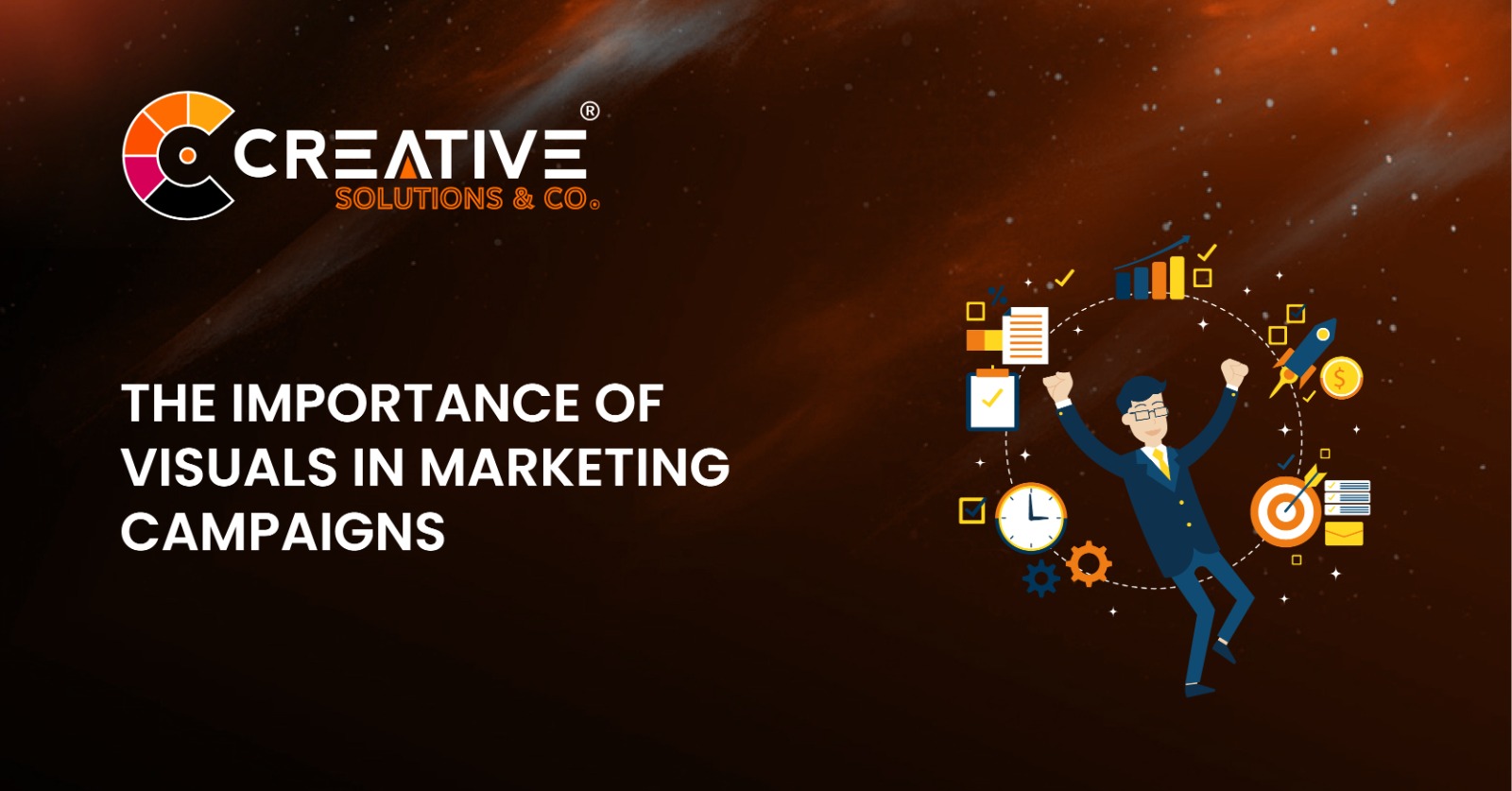The Evolution of Graphics in Web Animations showcases a fascinating journey through the advancements in technology and design that have shaped how we experience the internet today.
From the humble beginnings of pixelated GIFs to the cutting-edge 3D visuals of modern times, web animations have continuously evolved to captivate and engage users.
Graphics play an integral role in this evolution, enhancing the storytelling and interactivity of websites. Let’s explore how these changes have unfolded and the impact they’ve had on the digital world.
The Evolution of Graphics in Web Animations
The Early Days of Web Animations
The Era of Basic HTML and GIFs
In the early stages of the web, animations were limited by the technology of the time. Static pages dominated the internet, with animated GIFs being the primary way to add a touch of dynamism. These were simple, repetitive loops often used for banners or fun visuals.
Flash Takes the Stage
The late 1990s saw the rise of Macromedia Flash, which revolutionized web animations. Flash allowed designers to create interactive animations with rich graphics, sound, and video. It became the standard for many years, enabling everything from animated intros to online games.
The Transition to Modern Web Animations

The Rise of CSS Animations
The introduction of CSS3 in the 2010s was a game-changer. CSS animations offered a lightweight alternative to Flash, allowing designers to create smooth transitions and effects directly in the browser. For example, hover effects and animated buttons became standard features of modern websites.
JavaScript and Interactive Animations
While CSS covered the basics, JavaScript took web animations to the next level. Libraries like jQuery made it easier to create interactive animations. Over time, more advanced frameworks like GSAP and anime.js emerged, offering precise control over animations.
Current Trends in Web Animation Graphics

SVG Graphics in Web Animations
Scalable Vector Graphics (SVGs) have become a favorite among web designers. Unlike raster images, SVGs retain their quality at any resolution, making them ideal for responsive designs. SVG animations are lightweight and visually appealing, making them perfect for logos and illustrations.
The Use of WebGL and 3D Graphics
WebGL, a JavaScript API for rendering 3D graphics, has opened up new possibilities. It powers immersive experiences like 3D product showcases and virtual tours. Combined with libraries like Three.js, WebGL has set a new standard for interactive web graphics.
The Importance of Performance Optimization
Why Performance Matters
Poorly optimized animations can slow down a website, leading to higher bounce rates. Performance is critical not just for user experience but also for SEO rankings. A well-optimized animation ensures a smoother experience for users.
Tools for Optimizing Animation Graphics
Tools like Lighthouse and PageSpeed Insights help identify performance issues. Compressing assets and minimizing code can significantly improve animation performance.
Accessibility in Web Animations

Making Animations Inclusive
Accessibility is a growing concern in web design. Animations should be inclusive, ensuring they don’t cause discomfort for users with motion sensitivity. Simple features like a “reduce motion” setting can make a big difference.
The Future of Graphics in Web Animations

AI and Machine Learning
AI is beginning to influence web animations by automating complex tasks. From intelligent design suggestions to real-time rendering, AI is set to reshape the field.
Virtual Reality (VR) and Augmented Reality (AR)
VR and AR are becoming more integrated into web experiences. Imagine exploring a virtual store or interacting with AR-enhanced content—all within your browser.
Conclusion
The evolution of graphics in web animations reflects the broader advancements in web technology. From humble GIFs to interactive 3D experiences, web animations have consistently pushed the boundaries of what’s possible. As we look to the future, innovation will continue to define this dynamic field.
FAQs About The Evolution of Graphics in Web Animations
- What is the difference between CSS and JavaScript animations?
CSS animations are lightweight and easy to implement for simple transitions, while JavaScript offers more control and complexity for interactive designs. - Why is SVG preferred for modern web animations?
SVGs are scalable, lightweight, and maintain high quality across all screen sizes, making them ideal for responsive web design. - How does WebGL enhance web graphics?
WebGL enables real-time 3D rendering, allowing for immersive experiences like virtual tours and interactive games. - What tools can help optimize web animations for performance?
Tools like Lighthouse, PageSpeed Insights, and GSAP’s built-in utilities help optimize animations for speed and performance. - What role does accessibility play in web animations?
Accessibility ensures animations are inclusive, preventing issues like motion sickness and accommodating users with disabilities.







